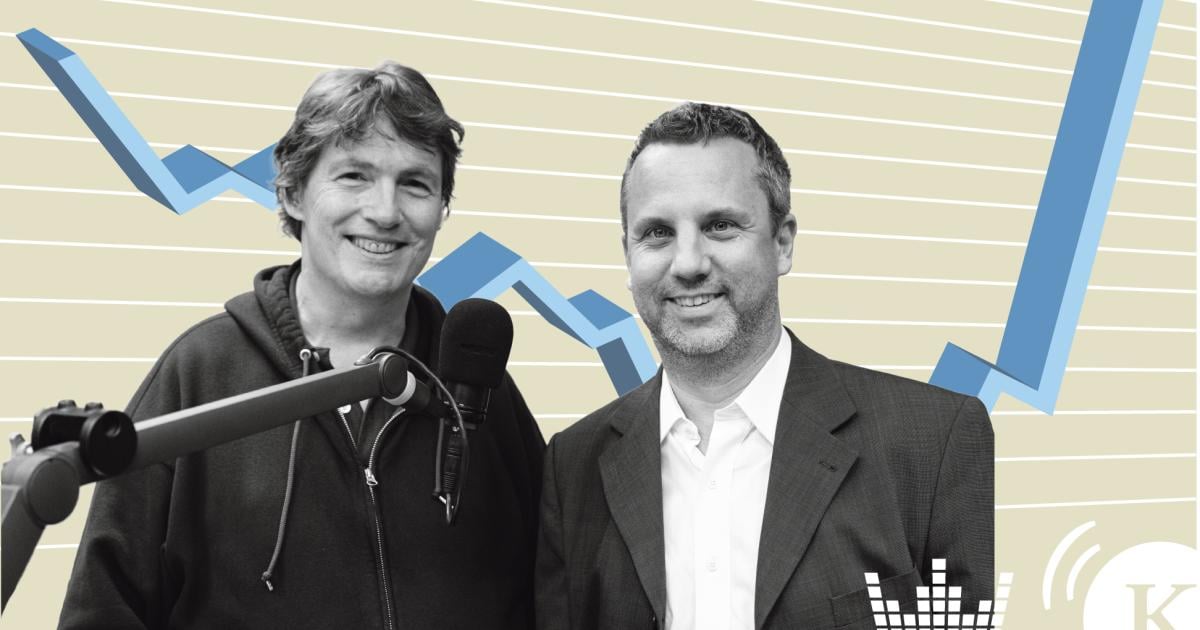According to its lawyer, the US electric car start-up Fisker is heading for liquidation after filing for bankruptcy protection. The reason is a dispute between two groups of creditors over the order in which the remaining assets should be paid out, said Fisker’s lawyer Brian Resnick on Friday at a hearing in bankruptcy court in Wilmington. The company had originally stated that it would seek additional financing and continue “reduced operations”.
The company no longer expects to be able to obtain financing, said Resnick. The Tesla rival is therefore planning to sell its assets. A preliminary agreement has been reached with a single buyer for all 4,300 vehicles. Fisker owes two groups of creditors over $850 million (€792.98 million). The stock is de facto a total loss, but is still being traded.
After negotiations with a major car manufacturer failed, the company of Danish car designer Henrik Fisker filed for Chapter 11 bankruptcy in the USA on Monday evening. According to Fisker, assets of around $500 million to $1 billion are offset by liabilities of between $100 million and $500 million.
The company’s Austrian subsidiary is also insolvent. At the beginning of May, restructuring proceedings were opened in Graz under self-administration by Fisker Austria. Liabilities were stated to be 1.34 billion euros. According to KSV, assets amount to 959 million euros (book value) or, at estimated liquidation values, 40.5 million euros (AKV) or 66.3 million euros (Creditreform). The company originally wanted to have 40,000 cars per year produced by Magna in Graz, but only a quarter of them were built. Magna had already stopped production before the company went bankrupt.
However, Fisker Austria is still striving for a restructuring, which should still be achieved through the entry of an investor. Relevant discussions are currently taking place. The feasibility of the restructuring plan will depend largely on whether an investor can be found. Fisker GmbH’s restructuring efforts are therefore still ongoing. The proposed plan is for a quota of 30 percent, payable within two years of the adoption of the restructuring plan. “The appropriateness and feasibility of the proposed restructuring plan will have to be subjected to a detailed review before the voting day on August 8,” said Brigitte Peißl-Schickmair, Head of Insolvency Graz at KSV1870.
Since the insolvency, several divisions of the Austrian subsidiary, namely “Sales and Services Vienna”, “Back Office” and “Quality Assurance and Integration”, have been closed by the insolvency court, which has enabled significant savings to be achieved, according to the Alpine Creditors Association AKV. Of the 47 employees originally employed when the proceedings were opened, only 20 employees are currently employed by the company.
The first report and examination hearing in the insolvency proceedings concerning the Austrian subsidiary took place on Tuesday at the Civil Regional Court in Graz. By the end of the registration period on June 11, 161 claims had been registered and have now been reviewed: In total, claims amounting to more than EUR 1.16 billion were registered, of which EUR 10.92 million were recognized, and claims of more than EUR 1.15 billion are therefore being disputed.

King Garage Door in Miami, Florida – Garage Door Services | Bunity
King Garage Door | The CSRA Guides
King Garage Door | 1BusinessWorld
King Garage Door products, catalogues and more | Archello
King Garage Door – King Garage Door, USA – TRUEen
Macro Market – King Garage Door | macromarket
King Garage Door – Miami, United States
King Garage Door – Contractors – 10755 SW 190th St Miami, FL – Reviews – Phone Number – pr.business
King Garage Door
TRUST EXCHANGE -HQ::Company
King Garage Door – Miami, Florida, USA – Garage door
King Garage Door
King Garage Door, King Garage Door
About – King Garage Door – Miami, FL
King Garage Door in Miami, Florida, United States
King Garage Door | King Garage Door – Local Business Listing
King Garage Door – Ani Bookmark
King Garage Door – Addonbiz
King Garage Door – companylistingnyc.com
King Garage Door | Business Social Network | B2BCO
King Garage Door – Quora
King Garage Door –
King Garage Door – Doors in Miami
King Garage Door—dasauge®
King Garage Door, 10755 SW 190th St | 33157 Miami
Certificate verification problem detected
Manager – King Garage Door | Highly Recommended Contractors in Miami FL
King Garage Door – The Local Directory
King Garage Door Coupons | Couponler
King Garage Door | Word2Mouth